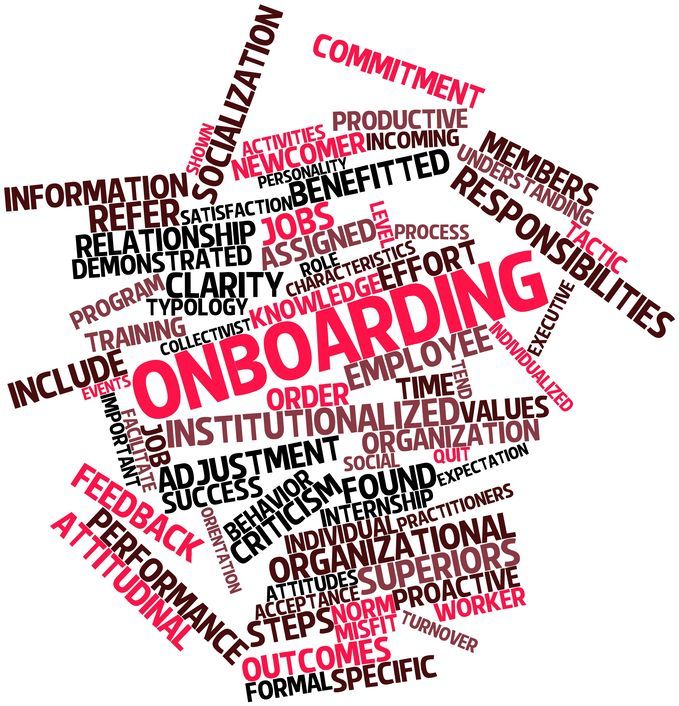The Master Keys to Successfully Transition into a New Executive Role

Introduction
Onboarding executives well pays enormous dividends for the organization and the executive transitioning into the role. That said, we also know that 40 plus percent of new executive hires fail to meet their objectives in the first 18 months of hire. While you can expect some executive hires not to work out, this percentage is much too high!
Unfortunately, a recent survey done by Bluesteps (an Association of Executive Search and Leadership Consultants) found that executives in the U.S. were 35 percent less likely to receive formal onboarding than the global average. When it came to grading onboarding experiences, U.S. executives found their experience mediocre, at best. When you consider the tremendous costs of replacing an executive, this is almost unforgivable!
The two master keys or foundations that executives and organizations must deploy to increase their effectiveness involves:
- Taking full advantage of the first three to six months of the new executive’s tenure.
- Following a proven system that ensures the executive is focusing on the right things to ensure their success.
Both of these master keys to success interrelate. That said, it’s important we take each one on their merit.
Go Slow to Go Fast
Any executive onboarded or who supports executives’ onboarding knows that the first ninety days in a new executive position is critical to an executive’s long-term success. While expectations for the executive’s long-term impact may be clear, few expect much from the new executive in their first three or even six months. Because of this, the executive has a rare opportunity to: step back and
- Get to know the organization and business.
- Determine how they can have the most significant impact on the company.
- Learn the culture and how things get done in the organization.
- Build relationships with key business leaders inside and outside the business.
- Assess and develop their team.
When the executive attends to these, they have built a solid foundation to move their agenda forward powerfully and create massive value! If the executive does not take full advantage of this early period, they vastly increase their chance of falling behind on meeting expectations. The key emphasis here is that the executive understands the value of going slow to go fast. If they don’t, they will lose the opportunity this early phase brings. Finally, they will more effectively engage this period when they have a proven system to follow.
Leveraging a Proven Onboarding System
The second master key to onboarding success involves engaging a proven system to onboard the executive. Such a system will enable the executive to:
- Set the stage for success.
- Build rock-solid alignment with the board, their boss, their team, and other critical business leaders in the organization.
- Execute fearlessly and in alignment with expectations.
Executives who onboard typically are feeding from a firehose when they start their position. After all, every day, they are dealing with real-time challenges while also being on a steep learning curve.
Deploying a system that can inform their priorities and daily action plan is a godsend. Such a system should involve creating an executive onboarding dashboard that tells the executive what they have to maintain focus on that allows them to be in the moment and not worrying that something will fall through the cracks.
Conclusion
Every organization wants the executives they hire to be successful. Yet, given the current state of onboarding in the U.S., organizations have some work to do. This work starts by understanding the unique value of the executive’s first three to six months. When the organization and executive use this time well, it pays great dividends. The best way to leverage this time is by deploying a proven onboarding system and providing the executive with the necessary coaching support to leverage the system. When done well, the return on investment is enormous.
